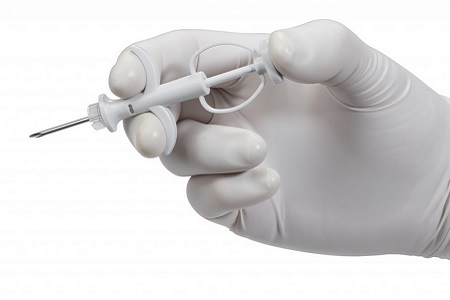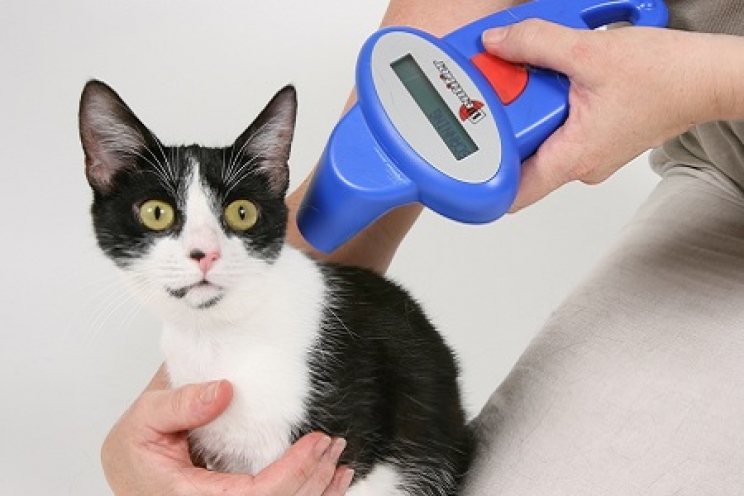When it comes to microchips for animals, it is inevitable to immediately think of dogs. In reality, the National Registry database is not an exclusive dog service, but it has been possible for our feline friends to access it for some time. What does the feline registry consist of and how does the microchip for cats work?
How does it work?
All cat owners can request the registration of their friends in the database of the National Feline Registry by going to one of the veterinarians who have chosen to join the service.
Just consult the official page to search for one of the many veterinarians available throughout Italy, choosing the closest one to you. Always ask for a professional who is regularly enrolled in the Order, but above all who is authorized to offer the microchip application and registration service.
During the visit, the veterinarian will be able to proceed with the inoculation of the microchip, which is applied under the animal's skin with a special syringe. It is a quick, instant and painless operation.

Each microchip is associated with an identification code, readable through a special device, which should be assigned to all veterinarians, brigades and police officers so that the owner of the animal can be easily traced.
Once the microchip has been inoculated, the veterinarian will proceed with the registration of the corresponding code in the national database, entering other information, including:
- Name and surname of the owner;
- Owner address;
- Name, breed, sex, age of the cat;
- Possible sterilization of the cat;
- Previous theft or loss;
- Possible death of the cat.
All this information is associated with the identification code, and will be available at any time by entering the numeric code on the official page of the service.
What happens in case of finding / loss?
If we have lost our cat, we can go to the local authorities, reporting the disappearance of the animal.
In the event that someone manages to find our animal, they can eventually contact a veterinarian or police officers to request the reading of the microchip.
By reading the microchip, directly on the animal's body, it will be possible to view the identification code in real time. By entering this code on the page of the National Feline Registry, the veterinarian or the competent authorities will be able to easily access all the information regarding the cat and owner.
By doing this, we will be quickly contacted in order to collect our cat.
The service, unlike that provided for dogs, is not yet mandatory, but its main objective is to ensure greater control of the number of felines living in colonies, proceeding with greater ease with the sterilization of stray cats from part of the veterinarians appointed by the local health services.
Unfortunately, the number of cats registered in the Feline Registry is still limited. This factor, as a result, makes it more difficult to report and find many lost cats. In fact, those who find a stray cat do not always go to the authorities or a veterinarian to verify the presence of the microchip, precisely because, unlike what happens for dogs, there is not a great diffusion of the culture of the feline database. .
In any case, the goal is to spread the news as much as possible, in order to be able to obtain the registration of most of the cats living in the house and on the street.










